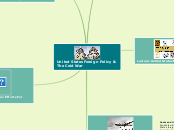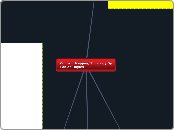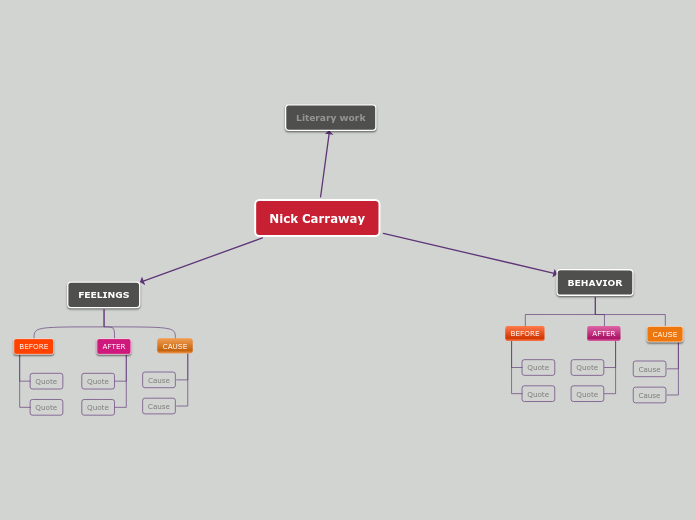da Jen Lammey mancano 6 anni
186
Cell Phones
The discussion about homework in education highlights its benefits and drawbacks. On one hand, homework provides an opportunity for students to delve deeper into subjects, reinforces daily lessons, and teaches time management skills.









